From the earliest cave paintings to modern abstraction, humans have felt an irresistible urge to create. This impulse goes beyond mere representation. Abstract art, in particular, expresses emotions, visions, and subconscious forces that realism cannot capture. But what drives us to paint abstractly? Why do we feel the need to explore shapes, colors, and symbols instead of simply depicting the world around us?
At its core, abstract art allows us to communicate the intangible. Long before the term “abstract art” existed, early humans marked symbols, patterns, and geometric shapes on cave walls. These non-representational forms likely held deep spiritual or emotional significance. They were not just decorations but attempts to paint the unseen—a theme that persists in abstraction today.
Prehistoric Abstraction: The Origins of a Universal Language
The earliest known art includes geometric patterns, spirals, and hand stencils found in prehistoric caves. Some researchers believe these marks represent altered states of consciousness, visions, or early forms of sacred geometry. Others suggest they served as a form of communication beyond spoken language. Either way, these symbols reveal an ancient connection between human expression and abstraction.
Early shamans and spiritual leaders may have been the first abstract artists. They likely used symbols to depict experiences beyond the physical world. This idea aligns with later movements in abstract art, where artists sought to express inner realities rather than external ones.
Spirituality and the Rise of Abstract Art
Throughout history, abstraction has been closely tied to spirituality. Byzantine religious icons, Hindu mandalas, and Islamic geometric art all use abstract forms to represent divine concepts. In many cultures, the removal of direct representation was intentional. It allowed the viewer to engage with the work on a deeper, more intuitive level.
Hilma af Klint followed a similar path. Deeply involved in spiritualism, she believed her paintings conveyed messages from higher realms. Her swirling compositions, filled with sacred symbols, geometric shapes, and vibrant colors, were not just artistic experiments. They were visual representations of mystical knowledge.
Af Klint’s work predates the abstract movements of Kandinsky and Mondrian, yet her contributions remained overlooked for decades. She chose to keep her paintings private, convinced that the world was not ready to understand them. Today, her work is recognized as a vital piece of art history, bridging spirituality and abstraction in a way few artists have achieved.
The Subconscious Mind and Modern Abstraction
The rise of psychoanalysis in the early 20th century changed the way artists approached abstraction. Freud and Jung introduced the idea that hidden thoughts and emotions influence human behavior. Abstract artists embraced this concept, using color, form, and movement to express what words could not.
- Wassily Kandinsky believed art could awaken the soul. His abstract compositions aimed to evoke emotions through pure visual elements.
- Jackson Pollock used energetic, gestural painting to tap into the subconscious. His drip paintings embodied movement, chaos, and raw emotion.
- Mark Rothko created vast color fields to immerse viewers in deep contemplation. He sought to evoke feelings beyond language.
These artists saw abstraction as a gateway to the unseen—a continuation of the primal need to express inner truths through non-representational forms.
Abstract Art as a Healing Force
Abstract art does more than express emotions; it transforms them. Many artists use abstraction to process trauma, explore identity, or connect with deeper parts of themselves. Hilma af Klint viewed her work as a gift to the future, believing it could guide others on their spiritual journeys.
Others, like Yayoi Kusama, have turned to abstraction to cope with mental illness. Her immersive, repetitive dot patterns reflect an inner struggle while offering a meditative experience for viewers. Even those who simply observe abstract works can find comfort, introspection, or emotional release. Unlike figurative art, which tells a story, abstraction invites personal interpretation. Each viewer brings their own emotions and meanings to the canvas.
Why Do We Continue to Paint Abstractly?
Because we are more than what we see. Because words are not always enough. Because the world inside us demands to be expressed.
Abstract art is not a rejection of reality but an expansion of it. It connects past and present, uniting ancient cave painters, spiritual visionaries, and modern artists in a shared pursuit: the search for something beyond the visible. Whether through symbols, colors, or pure emotion, abstraction remains one of the most universal and primal forms of human expression.

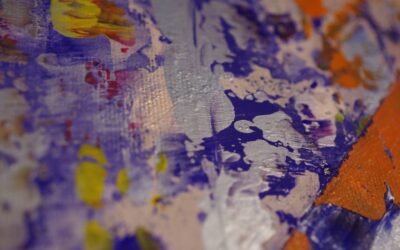
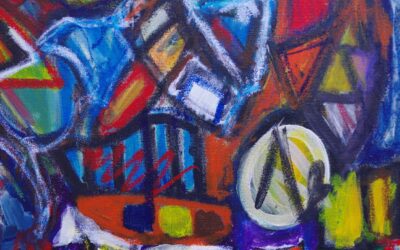
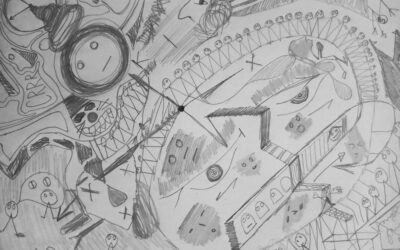
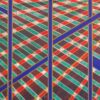


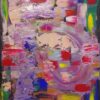
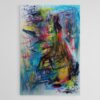
0 Comments